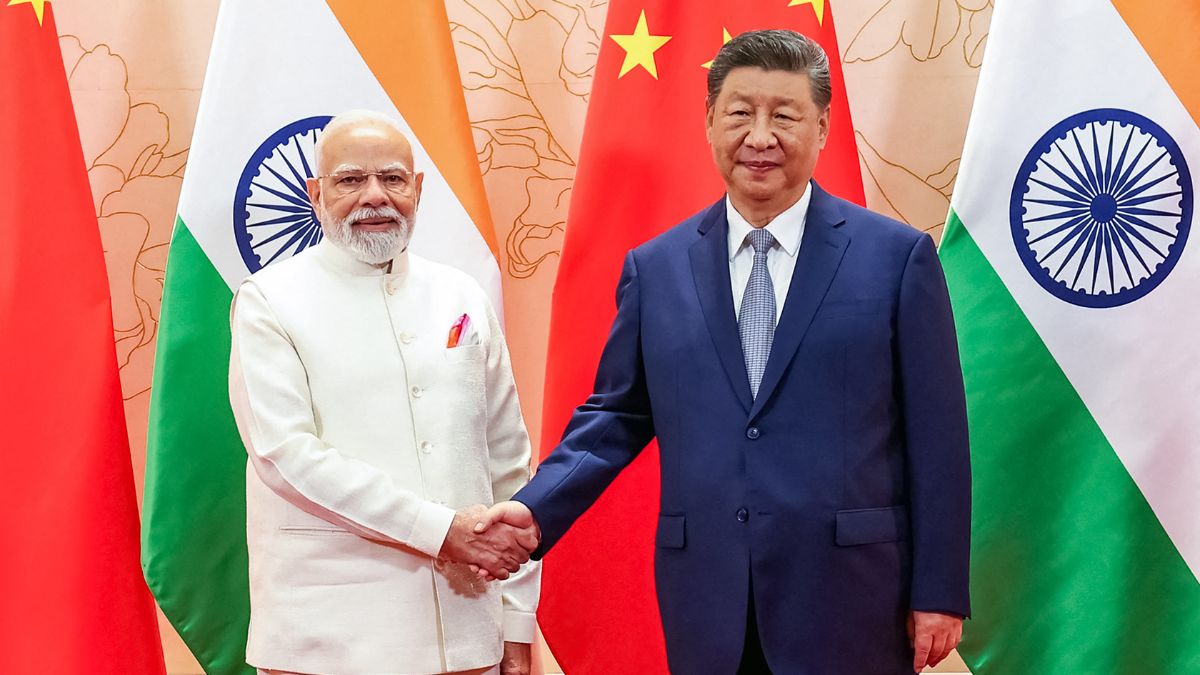India has restarted issuing tourist visas to Chinese nationals through its embassies and consulates worldwide, marking another step toward stabilising ties after years of military tension along the Line of Actual Control (LAC), the Hindustan Times reported.
According to the report, people familiar with the matter said Indian missions across the globe began accepting tourist visa applications from Chinese citizens earlier this week, although no official announcement has been made.
This widens the limited resumption in July, when visas were issued only at the Indian embassy in Beijing and consulates in Shanghai, Guangzhou and Hong Kong.
Suspension since 2020 stand-off
Tourist visas had been halted since the LAC stand-off in April–May 2020, followed by the Galwan Valley clash that killed 20 Indian soldiers and at least four Chinese troops, sending bilateral relations to their lowest point in decades.
Part of broader ‘people-centric’ measures
The renewed visa access is part of a set of “people-centric steps” agreed by both sides to rebuild engagement. Direct flights between India and China resumed in October after more than four years.
Both countries have also agreed to restart the Kailash Manasarovar Yatra next summer, ease visa categories for travellers and organise events to mark 75 years of diplomatic ties.
Momentum after LAC disengagement
Dialogue picked up after India and China reached an understanding on disengaging frontline troops along the LAC in October 2024.
Soon after, Prime Minister Narendra Modi and President Xi Jinping met in Kazan and agreed to revive diplomatic and military mechanisms to restore normalcy and address the longstanding boundary dispute.
Progress in trade and cooperation
Subsequent engagements involving foreign and defence ministers, national security advisers and Special Representatives — NSA Ajit Doval and Chinese Foreign Minister Wang Yi — have led to progress in areas including border trade and economic cooperation.
China has also eased export curbs on rare earth minerals in response to India’s trade concerns.
)